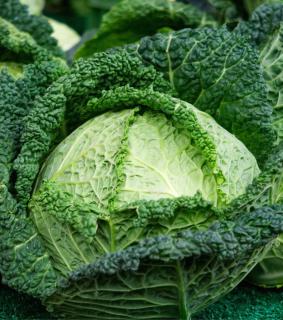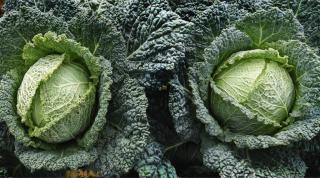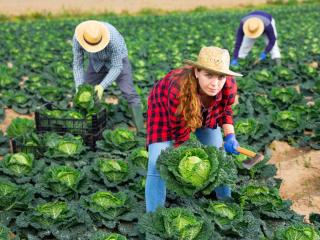

Savoy cabbage is a delicious vegetable that make for easy growing.
Key Savoy cabbage facts
Name: Brassica oleracea var. sabauda
Common: Savoy, Milan, Lombard
Family: brassica, headed cabbage
Type – biennial vegetable
Exposure: full sun
Soil: cool, deep, moist, rich – Harvest: July → February depending on variety
Special care, from sowing and planting up to harvest, will help you get magnificent cabbage.

→ Tip: sync your planting with our Moon phase calendar
As soon as seedlings have sprouted at least 3 to 4 leaves, transplant them to their target location. Protect the seedlings if you need to plant them before the month of May.
 Space plants 20 inches (50 cm) apart when transplanting.
Space plants 20 inches (50 cm) apart when transplanting.It takes a few months for 
Some varieties can be harvested 2 months after planting, whereas others need up to 7 months.
A tasty way to reward harvest helpers is to prepare delicious stuffed cabbage rolls… they’ll come back next year for sure!
The main enemy of cabbage in general is downy mildew. Moisture is the primary factor that enables the spread of downy mildew.
Caterpillars everywhere? Most certainly an attack of a that cabbage doomsday butterfly, the large white. Pick off as many as you can and/or spray with B. thuringiensis.
→ More cabbages to try planting: cauliflower, Brussels sprouts, broccoli…
Provide your cabbage with extra nutrients (fertilizer, manure and seaweed-based compost) to boost growth and especially enhance your harvest!